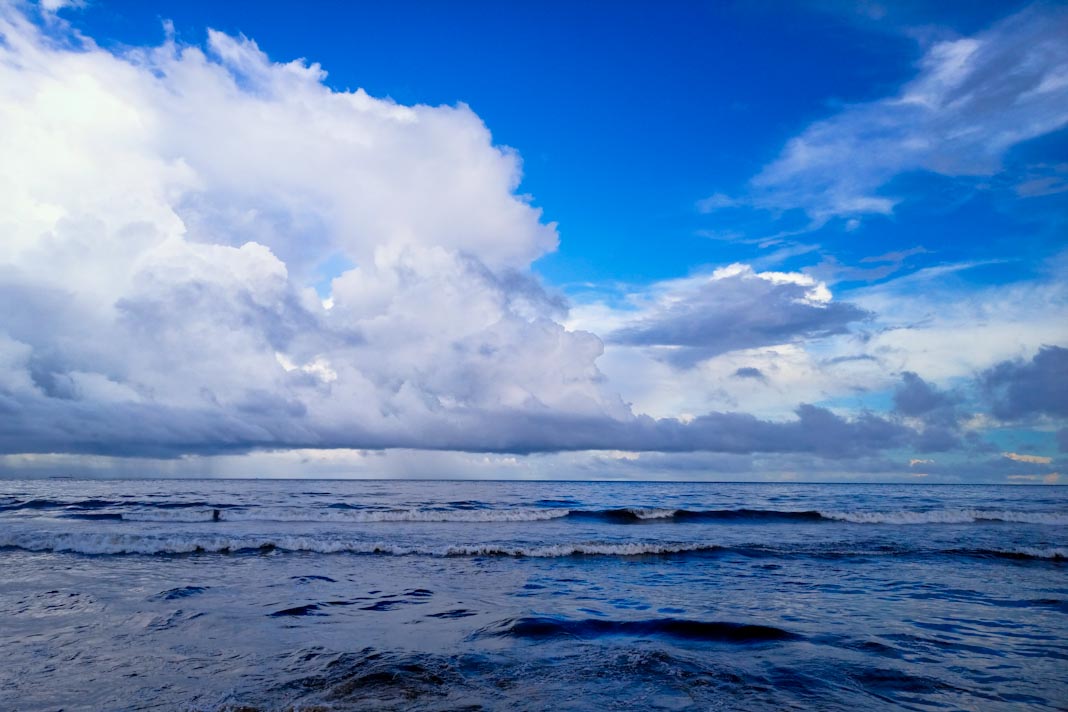 The Proinde P&I Club has issued an advisory highlighting the critical safety, security, and pilotage requirements for vessels navigating the Amazon River. Masters and crews must pay close attention to draft limits, navigational hazards, and security threats to ensure safe and efficient passage through these waters.
The Proinde P&I Club has issued an advisory highlighting the critical safety, security, and pilotage requirements for vessels navigating the Amazon River. Masters and crews must pay close attention to draft limits, navigational hazards, and security threats to ensure safe and efficient passage through these waters.
Master’s Duty to Care and Report
Under maritime regulations, shipmasters have an overriding responsibility to safeguard their vessel, crew, and cargo. The crew must actively participate in surveillance and report suspicious activity immediately.
If an assault or armed robbery occurs, the master must:
- Issue a detailed report on the incident, including a description of the perpetrators, weapons, stolen items, and any crew injuries.
- Forward the report to the Port Captaincy for maritime security investigation, the Federal Police for criminal inquiries, and relevant flag authorities and international organizations.
Basic Safety Recommendations for Amazon Navigation
To enhance security, ship operators should:
- Consult local agents about security concerns and emergency contacts.
- Follow the Ship Security Plan (SSP), ISPS Code, and IMO guidelines on piracy prevention.
- Maintain constant VHF communication on Channel 16.
- Secure access points, lock portholes, and keep the deck well-lit.
- Conduct regular patrols to monitor suspicious boats, anchor chains, and small crafts.
- Ensure watchmen identify all personnel boarding and exiting the vessel.
- Conduct random bag checks for visitors and port workers.
- Monitor barges, divers, and underwater activities near the ship.
Preventing Smuggling Risks
If there is suspicion of drug smuggling on board:
- Please do not open the package; take photos/videos of its location.
- Report findings to local authorities, Company Security Officer (CSO), and Port Facility Security Officer (PFSO).
- Arrange an underwater inspection of the hull.
Responding to Armed Assaults
In case of an attack:
- Sound the general alarm and muster the crew.
- Alert authorities and nearby ships via VHF Channel 16.
- Take defensive actions like illuminating intruders, sounding the ship’s horn, or using water jets as deterrents.
- Cooperate with authorities during investigations.
Draft Limitations and Navigational Hazards
Vessels navigating the Amazon must comply with draft restrictions at:
- North Bar for upstream ports.
- Pará River Mouth for ships departing Vila do Conde (Barcarena) and Belém.
Other hazards include:
- Cargo pilferage and armed robberies, especially during the dry season when ships move slower.
- Barge convoys and wooden craft may not be detected by radar.
Pilotage in the Amazon
Amazon River ports are divided into three pilotage zones, each with specific rules and tariffs. Cancellation fees and additional pilotage charges can be costly if not managed properly. Ship operators are advised to understand local pilotage regulations to avoid unexpected expenses.
Navigating the Amazon River requires careful planning, strict security measures, and compliance with local pilotage rules. Masters and operators must remain vigilant and proactively mitigate risks to ensure safe and efficient voyages.
Did you subscribe to our daily Newsletter?
It’s Free Click here to Subscribe!
Source: SAFETY4SEA






















